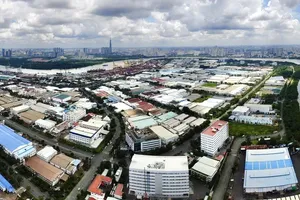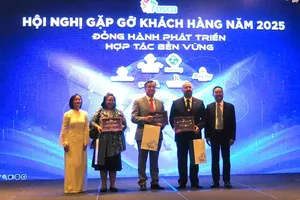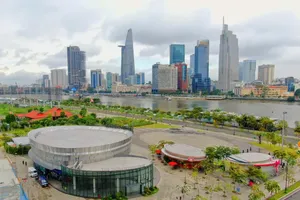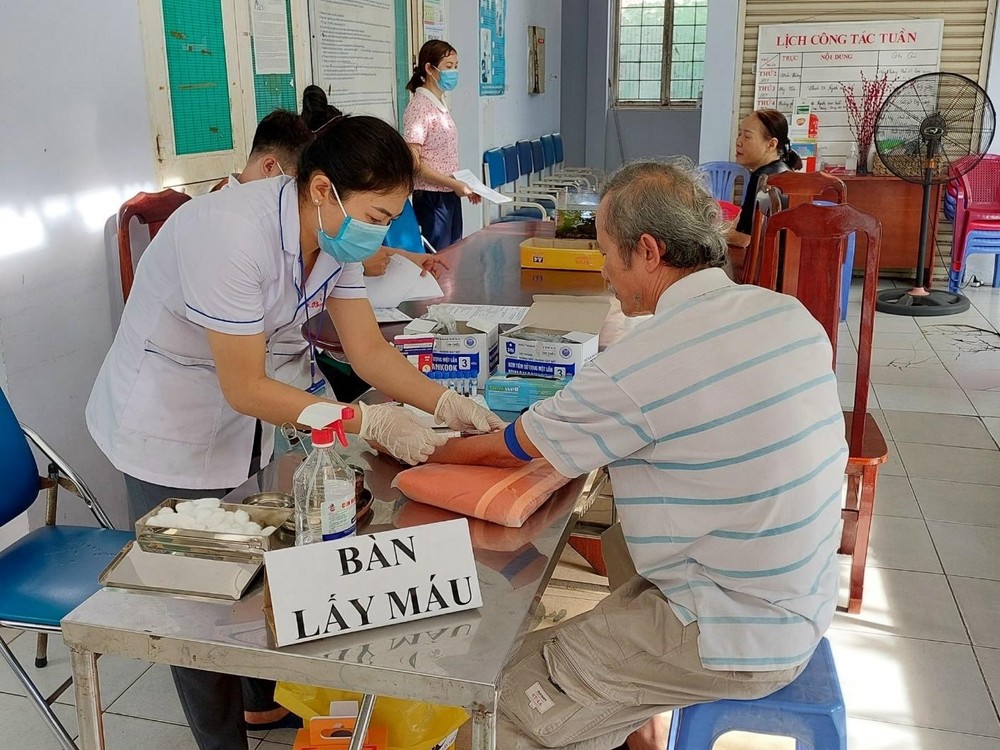
A monitoring delegation from the National Assembly, led by Mr. Nguyen Hoang Mai, Vice Chairman of the NA’s Culture and Society Committee, held a working session with the Ho Chi Minh City People's Committee regarding the implementation of population policies and laws for the 2018-2024 period. The delegation was welcomed by Ms. Tran Thi Dieu Thuy, Vice Chairwoman of the HCMC People's Committee, along with representatives from various departments and agencies.
During the meeting, Dr. Nguyen Van Vinh Chau, Deputy Director of the HCMC Department of Health, reported that the city's population reached 9,521,886 by the end of 2024. The total fertility rate for 2024 was at 1.39 children, significantly lower than the national rate of 1.91. Data from 2000 to the present shows a continuous decline in the city’s fertility rate, dropping from 1.76 in 2000 to 1.32 in 2023, with a low of 1.24 in 2016. There has been minimal recovery, with a slight increase to 1.68 in 2013. The gender ratio at birth remains reasonable, with 106 to 107 male children for every 100 female children.
The population aged 15-64 accounts for 74.2 percent, those under 15 make up 18.2 percent, and those 65 and older represent 7.5 percent, with the general dependency ratio at 34.7 percent and an aging index of 65.2 percent. HCMC is currently in a "golden demographic period," offering opportunities and challenges, fostering economic growth and increasing labor contributions. However, the city faces significant challenges as the elderly population ranks second in the country. By 2024, the proportion of elderly people in the city reached 11.87 percent, totaling 1,132,678 individuals. Over seven years (2017-2024), the elderly population increased by 243,500, with an average annual increase of nearly 35,000.
Dr. Nguyen Van Vinh Chau emphasized that the rapid increase in the elderly population signals an aging process faster than previously predicted, creating an urgent need for healthcare and social policies and infrastructure to ensure a high quality of life for the growing elderly population.
Moreover, Dr. Nguyen Van Vinh Chau pointed out that the city's fertility rate is extremely low compared to the national replacement level. With a fertility rate of 1.39 children per woman in 2024, HCMC ranks among the 21 provinces and cities with the lowest birth rates. A prolonged low birth rate will result in several challenges, including accelerated population aging, labor shortages, and impacts on social welfare.

Additionally, the city faces challenges from its large, dynamic population, uneven population distribution, rapid urbanization, and issues like housing, employment, environmental pollution, food safety, and disease control. These factors place significant pressure on population management. Access to comprehensive healthcare services for the elderly is limited, and the healthcare system has not kept pace with the increasing elderly population.
Speaking at the monitoring session, Mr. Nguyen Hoang Mai highlighted the challenges HCMC has faced in implementing population laws and policies. The city currently has the fastest aging population in the country and requires solutions to address this issue, including improving and implementing policies for the elderly in alignment with economic development and ensuring social security. Policies and mechanisms should be developed to encourage and support the elderly, particularly those with high professional and technical qualifications, to participate in economic activities. Additionally, the city should leverage the golden demographic opportunity and enhance data connectivity among healthcare facilities to improve the effectiveness of state management in the region.
HCMC's recommendations on implementing population policies and laws include:
• Developing a comprehensive policy based on the socio-economic development plan that balances urban and rural areas and promotes inter-regional development to ensure a balanced population distribution.
• Ensuring harmony between the general workforce and the highly skilled workforce through training policies, with a focus on improving high-quality human resource training in major cities to prevent overcrowding and better utilize local labor.
• Creating a National Population and Development Program for 2026-2035 to ensure synchronized investment and focus on key areas for balanced development between population, human resources, and socio-economic growth.
• Researching and proposing the inclusion of three major policy areas in the draft Population Law: maintaining the replacement fertility rate, improving population quality, and adapting to an aging population.
• Directing the Ministry of Health and other relevant ministries and agencies to continue developing policies and solutions to strengthen the population workforce at all levels while enhancing inter-sectoral coordination on population issues.


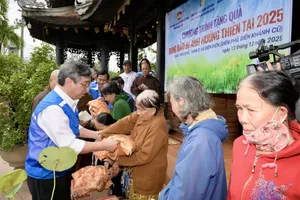




)








